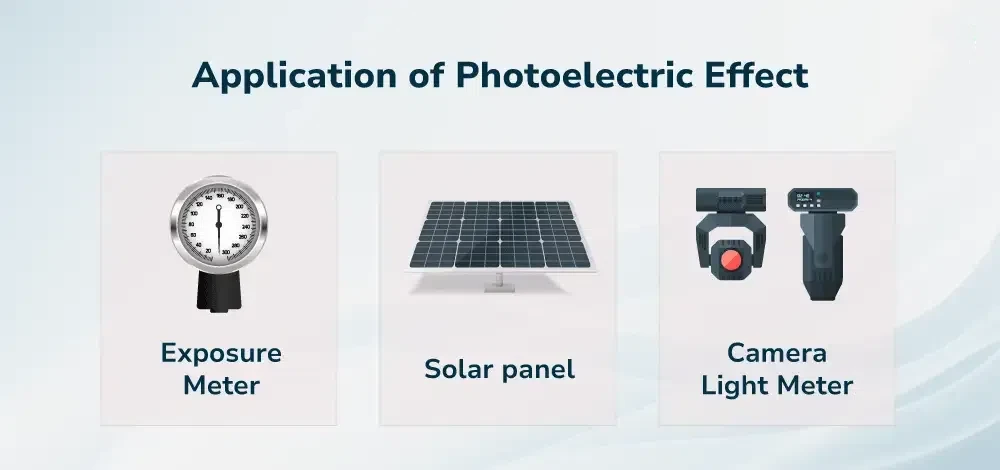Photoelectric sensors you don’t know
Sensors play a key role in the Internet of Things (IoT). They are simple tools that help us feel and understand things. This is the first step to get information and manage objects. These devices have a big impact on how well IoT technologies function.
The photoelectric sensor is special because it has many benefits. It responds quickly, is very precise, and can measure without contact. Its simple design and flexibility make it a popular tool for many people. It can measure different factors for monitoring and control.
**Principle of the Photoelectric Sensor**
The photoelectric sensor works by using the photoelectric effect. There are two types: the internal photoelectric effect and the external photoelectric effect.
1. **Internal Photoelectric Effect**
– **Photoconductivity**: When light particles strike a semiconductor’s surface, they form pairs of electrons and holes. This process makes the material conduct electricity better.
– **Photovoltaic**: In non-uniform semiconductors, such as PN junctions, light hitting the material makes a voltage. This happens because of a built-in electric field.
When light hits a semiconductor or insulator, the bound electrons inside absorb energy. This affects how well the material can conduct electricity. The higher the radiant flux, the more electrons get excited. This lowers the object’s resistance.
Devices like light pipes, also known as photoresistors, are made from semiconductor materials. These materials include cadmium sulfide, lead sulfide, and cadmium selenide, among others.
They depend on this effect. These light pipes are small and strong. They are often used for optical receivers. They are also used in photoelectric controls, laser detection, and long-range sensing.
2. **External Photoelectric Effect**
– This phenomenon occurs when electrons are emitted from the surface of a material after absorbing sufficient light energy. The process is known as photoemission or photoionization. It makes photoelectrons that help create photocurrent. Materials that can give off photoelectrons are called photoemitters.
**Applications of Photoelectric Products**
1. **Total Solar Radiation Sensors**
These sensors use light to measure how much solar radiation there is. They have high-precision photosensitive parts.
These parts absorb a wide range of light and are very stable for capturing full-spectrum radiation. A special dust cover makes them last longer. It reduces outside interference and improves sensitivity.
These sensors use standard Modbus communication protocols. They measure direct sunlight. They have a small design that makes it easier to install. And they are widely used in areas like solar energy, weather, farming, studying material aging, and tracking air pollution.
2. **Photoelectric Smoke Sensors**
These sensors are made to detect fire for safety. They use advanced photo technology to find smoke from fires. They follow high-quality standards. Their consistent performance and nice design make them appealing.
They are simple to set up. This makes them good for many places. These include shopping malls, hotels, warehouses, homes, and computer rooms.
They do not need special changes. They have a built-in alarm buzzer.
Photosynthetically Active Radiation Sensor
The photosynthetically active radiation (PAR) sensor works on the principle of photoelectric sensing. It measures radiation in the 400–700 nm range.
The sensor has very accurate photoelectric sensing components. It can take in many types of light. This makes it both sensitive and stable.
When light hits it, it makes a voltage signal. This signal matches the strength of the incoming light. Its sensitivity goes down based on the cosine of the angle of the incoming light.
The sensor comes with a special dust cover. This cover keeps dust out and protects the inside parts. It helps ensure we get accurate measurements of light used in photosynthesis.
Technology plays a key role in today’s fast-changing business world. Hunan Coda Electronic Tech Co., Ltd. has skills in digital innovation. They are ready to use technology to help modern businesses grow and succeed.
Hunan Coda Electronic Tech Co., Ltd. is a top provider of advanced sensor solutions in China. They are well-known in the industry. For many years, we have served the needs of homes, businesses, and factories. To learn more or get a free quote for your home or business, go to Coda Sensors.
Offering a diverse range of high-quality products is a key factor in driving customer satisfaction. At Coda Sensors, we focus on providing custom sensor solutions. We also offer OEM options to meet different needs.
We provide sensors and systems to check the environment. These are designed to improve operations and manufacturing settings. Whether it’s OEM sensors or advanced environmental monitoring systems, Coda Sensors delivers reliable and cutting-edge solutions. For more information about our products and services, please check our website today.
